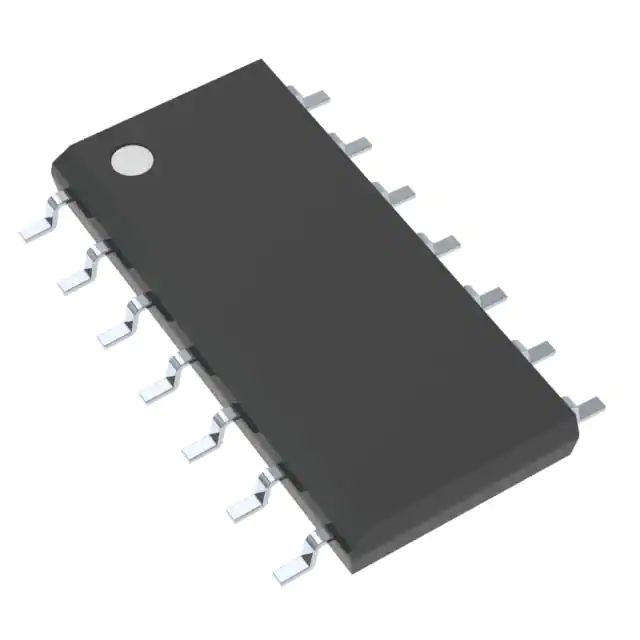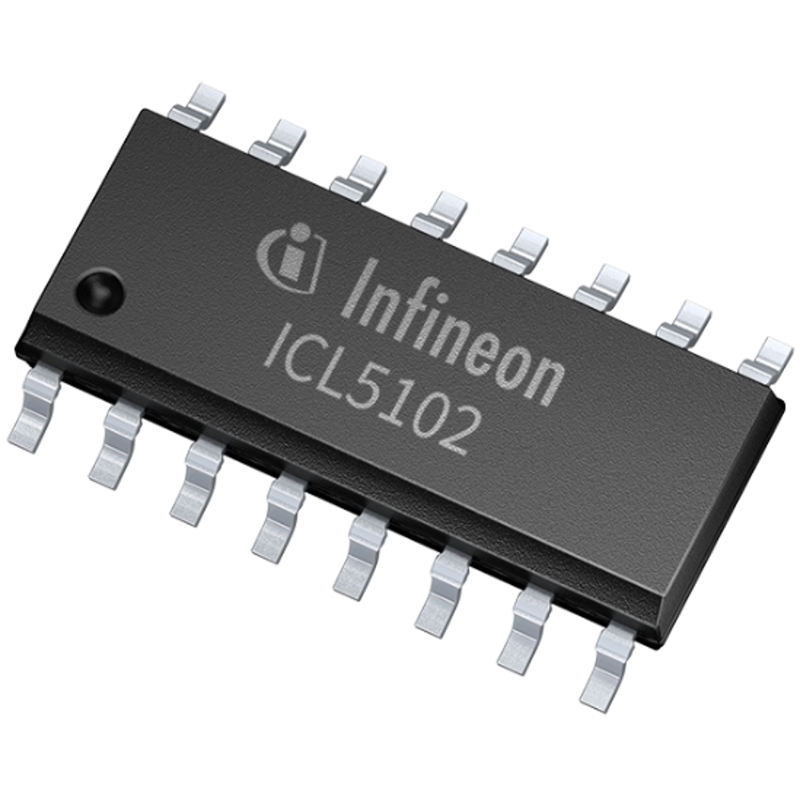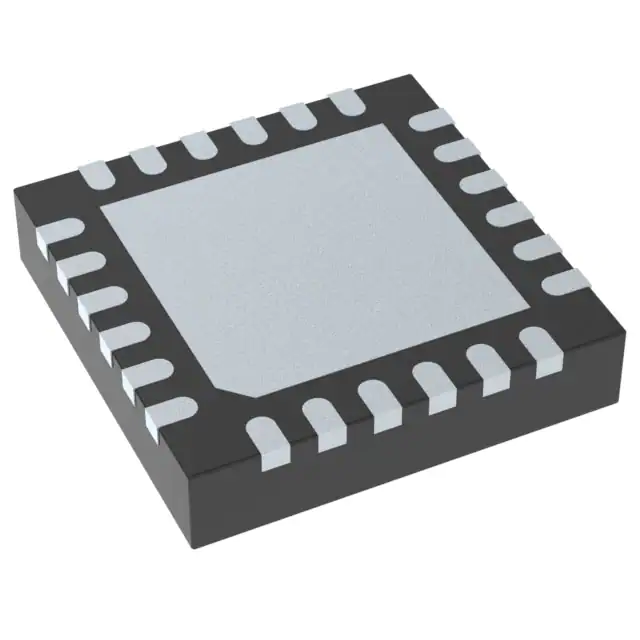LMV324IDR New original patch SOP14 Chip 4 channel low voltage output operational amplifier integrated IC components
Product Attributes
|
TYPE |
DESCRIPTION |
|
Category |
Integrated Circuits (ICs) Linear - Amplifiers - Instrumentation, OP Amps, Buffer Amps |
|
Mfr |
Texas Instruments |
|
Series |
- |
|
Package |
Tape & Reel (TR) Cut Tape (CT) Digi-Reel® |
|
SPQ |
50Tube |
|
Product Status |
Active |
|
Amplifier Type |
General Purpose |
|
Number of Circuits |
4 |
|
Output Type |
Rail-to-Rail |
|
Slew Rate |
1V/µs |
|
Gain Bandwidth Product |
1 MHz |
|
Current - Input Bias |
15 nA |
|
Voltage - Input Offset |
1.7 mV |
|
Current - Supply |
410µA (x4 Channels) |
|
Current - Output / Channel |
40 mA |
|
Voltage - Supply Span (Min) |
2.7 V |
|
Voltage - Supply Span (Max) |
5.5 V |
|
Operating Temperature |
-40°C ~ 125°C (TA) |
|
Mounting Type |
Surface Mount |
|
Package / Case |
14-SOIC (0.154", 3.90mm Width) |
|
Supplier Device Package |
14-SOIC |
|
Base Product Number |
LMV324 |
operational amplifier?
What is an operational amplifier?
Operational amplifiers (op-amps) are circuit units with a high amplification factor. In practical circuits, they are often combined with a feedback network to form a functional module. It is an amplifier with a special coupling circuit and feedback. The output signal can be the result of mathematical operations such as addition, subtraction, differentiation, or integration of the input signal. The name "operational amplifier" was derived from its early use in analog computers to implement mathematical operations.
The name "operational amplifier" was derived from its early use in analog computers to perform mathematical operations. An operational amplifier is a circuit unit named from a functional point of view and can be implemented either in discrete devices or in semiconductor chips. With the development of semiconductor technology, most op-amps exist as a single chip. There are many different types of op-amps, which are widely used in the electronics industry.
The input stage is a differential amplifier circuit with high input resistance and zeroes drift suppression capability; the intermediate stage is mainly for voltage amplification, with a high voltage amplification multiplier, generally composed of a common emitter amplifier circuit; the output pole is connected to the load, with strong carrying capacity and low output resistance characteristics. Operational amplifiers are used in a wide range of applications.
Classification
According to the parameters of integrated operational amplifiers, they can be divided into the following categories.
1, general-purpose: the general-purpose operational amplifier is designed for general purposes. The main feature of this type of device is the low price, a large number of products, and its performance indicators can be suitable for general use. Example μA741 (single op-amp), LM358 (dual op-amp), LM324 (four op-amps), and field-effect tube as the input stage of LF356 are such. They are currently the most widely used integrated operational amplifiers.
2, High Resistance Type
This type of integrated operational amplifier is characterized by a very high differential mode input impedance and a very small input bias current, generally rid>1GΩ~1TΩ, with an IB of a few picoamps to tens of picoamps. The main measure to achieve these targets is to use the characteristics of the high input impedance of the FETs to form the differential input stage of the op-amp. With FET as the input stage, not only high input impedance, low input bias current, and the advantages of high speed, broadband, and low noise, but the input detuning voltage is large. Common integrated devices are LF355, LF347 (four op-amps), and higher input impedance CA3130, CA3140, etc. [2]
3, Low-temperature drift type
In precision instruments, weak signal detection, and other automatic control instruments, it is always desired that the op-amp's detuning voltage should be small and not change with the temperature. Low temperature drifts operational amplifiers are designed for this purpose. The OP07, OP27, AD508, and the ICL7650, a chopper-stabilized low-drift device consisting of MOSFETs, are some of the high-precision, low-temperature-drift operational amplifiers in common use today.
4, High-speed type
In fast A/D and D/A converters and video amplifiers, the conversion rate SR of the integrated op-amp must be high and the unity-gain bandwidth BWG must be large enough like general-purpose integrated op-amps are not suitable for high-speed applications. High-speed op-amps are mainly characterized by high conversion rates and wide frequency response. Common op-amps are LM318, μA715, etc., whose SR=50~70V/us, BWG>20MHz.
5,Low power consumption type.
As the biggest advantage of electronic circuit, integration is to make complex circuits small and lightweight, so with the expansion of the application range of portable instruments, it is necessary to use low supply voltage power supply, low power consumption of operational amplifier phase applicable. The commonly used operational amplifiers are TL-022C, TL-060C, etc., whose operating voltage is ±2V~±18V, and the consumption current is 50~250μA. Some products have reached the μW level, for example, the power supply of ICL7600 is 1.5V, and the power consumption is 10mW, which can be powered by a single battery.
6,High voltage and high power types
The output voltage of operational amplifiers is mainly limited by the power supply. In ordinary operational amplifiers, the maximum output voltage is usually only a few tens of volts and the output current is only a few tens of milliamps. To increase the output voltage or to increase the output current, the integrated op-amp must be externally supplemented by an auxiliary circuit. High voltage and high current integrated op amps can output high voltage and high current without any additional circuitry. For example, the D41 integrated op-amp can supply voltages up to ±150V and the μA791 integrated op-amp can deliver output currents up to 1A.
7,Programmable control type
In the process of instrumentation, there is a range problem. In order to obtain a fixed voltage output, it is necessary to change the amplification of the operational amplifier. For example, an operational amplifier has a magnification of 10 times, when the input signal is 1mv, the output voltage is 10mv, when the input voltage is 0.1mv, the output is only 1mv, in order to get 10mv, the magnification must be changed to 100. For example, PGA103A, by controlling the level of pin 1,2 to change the amplification.












